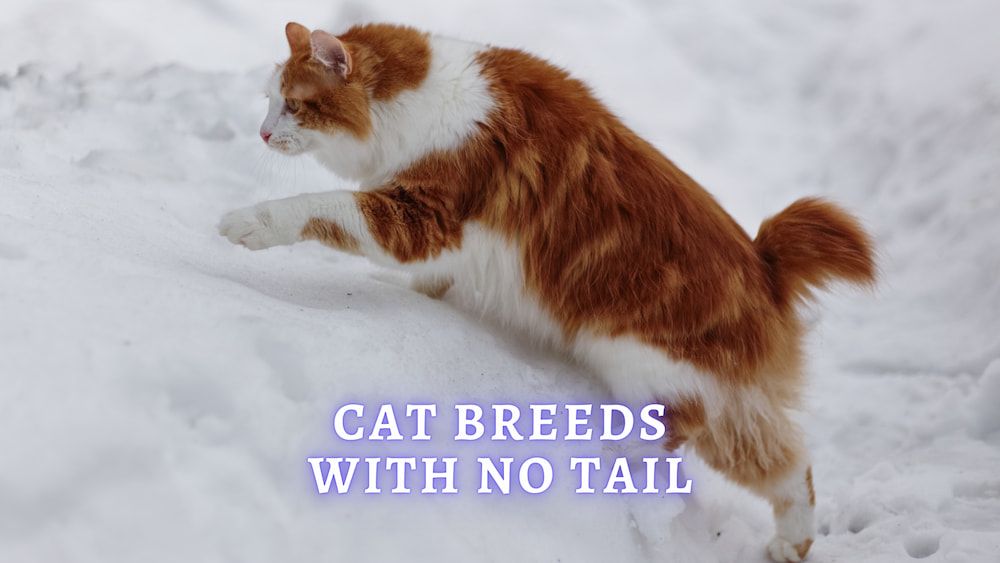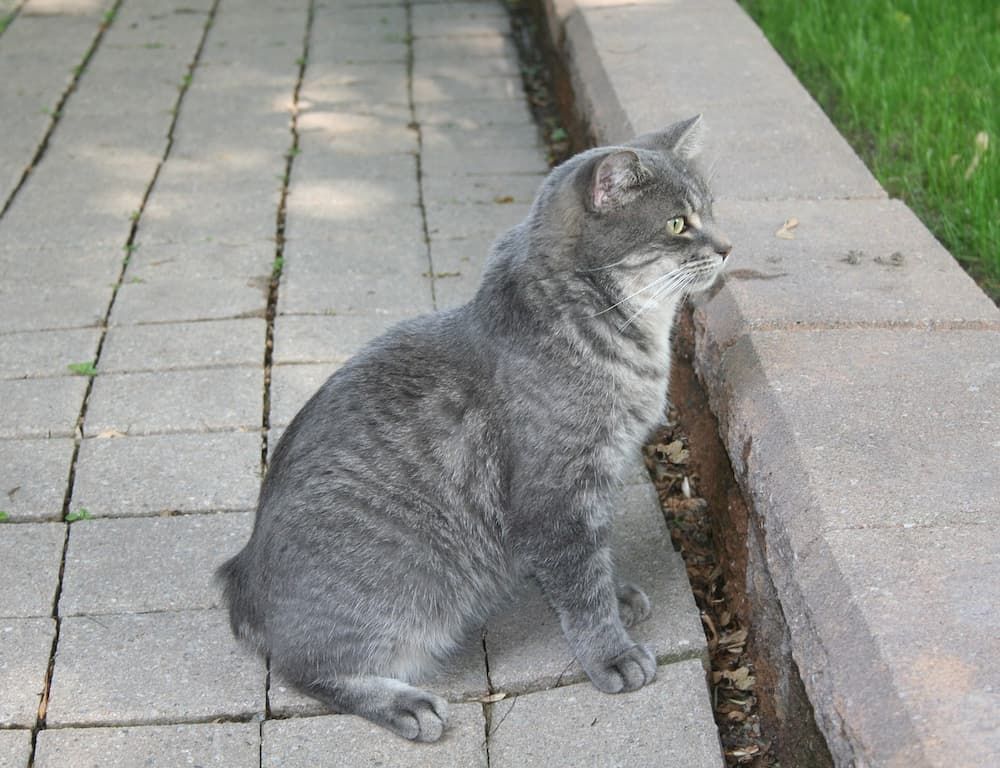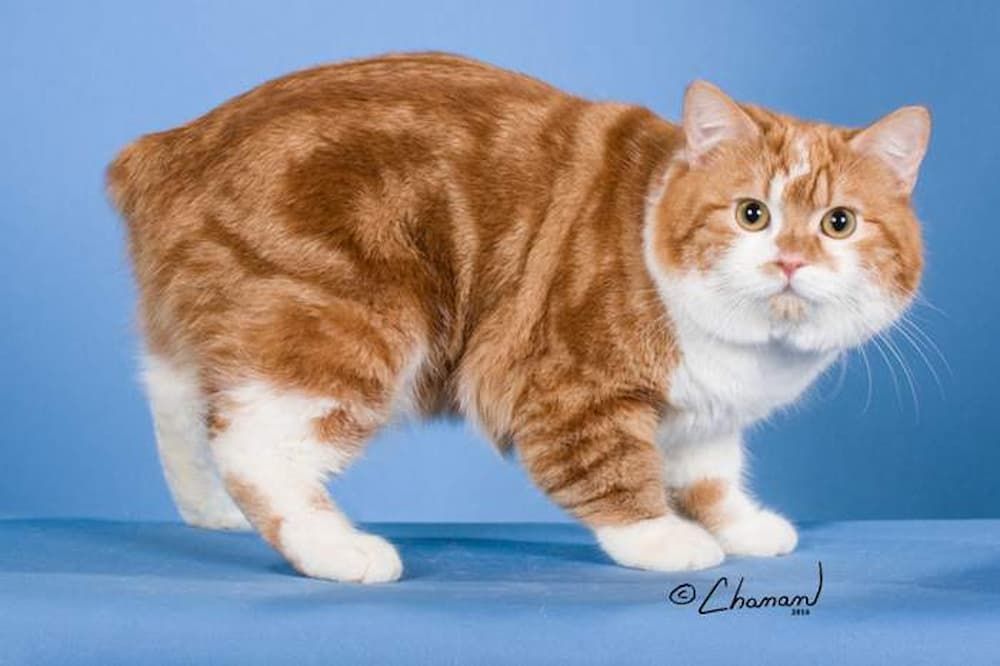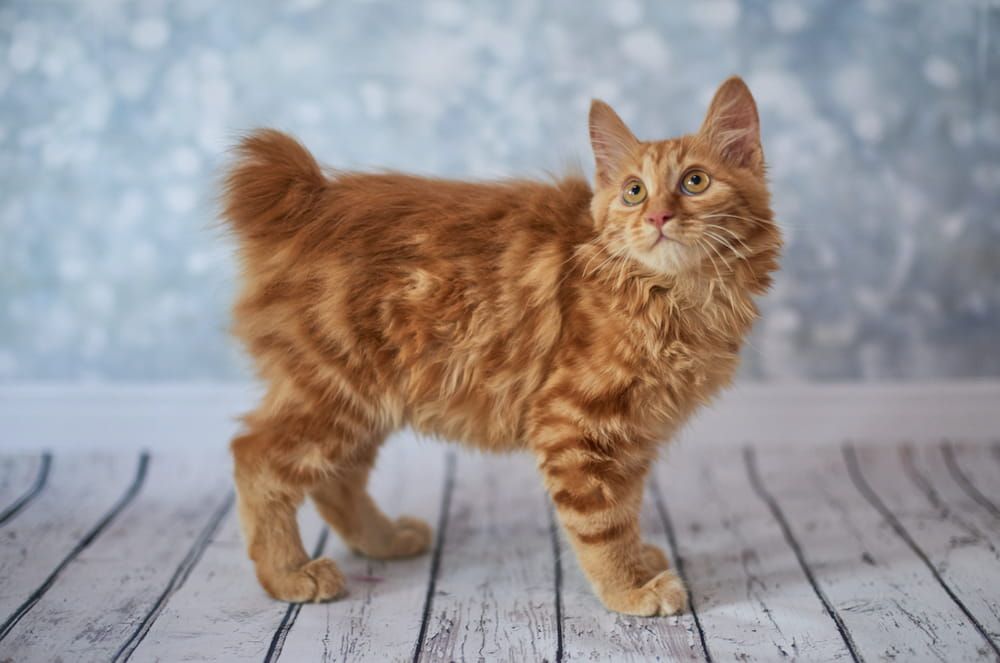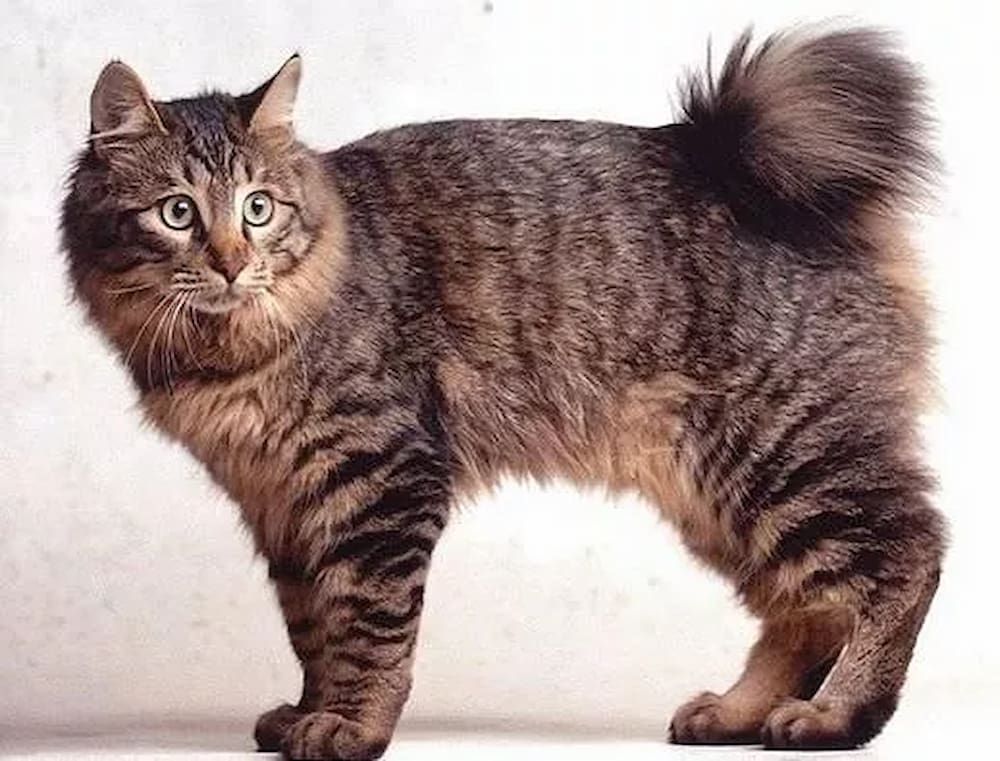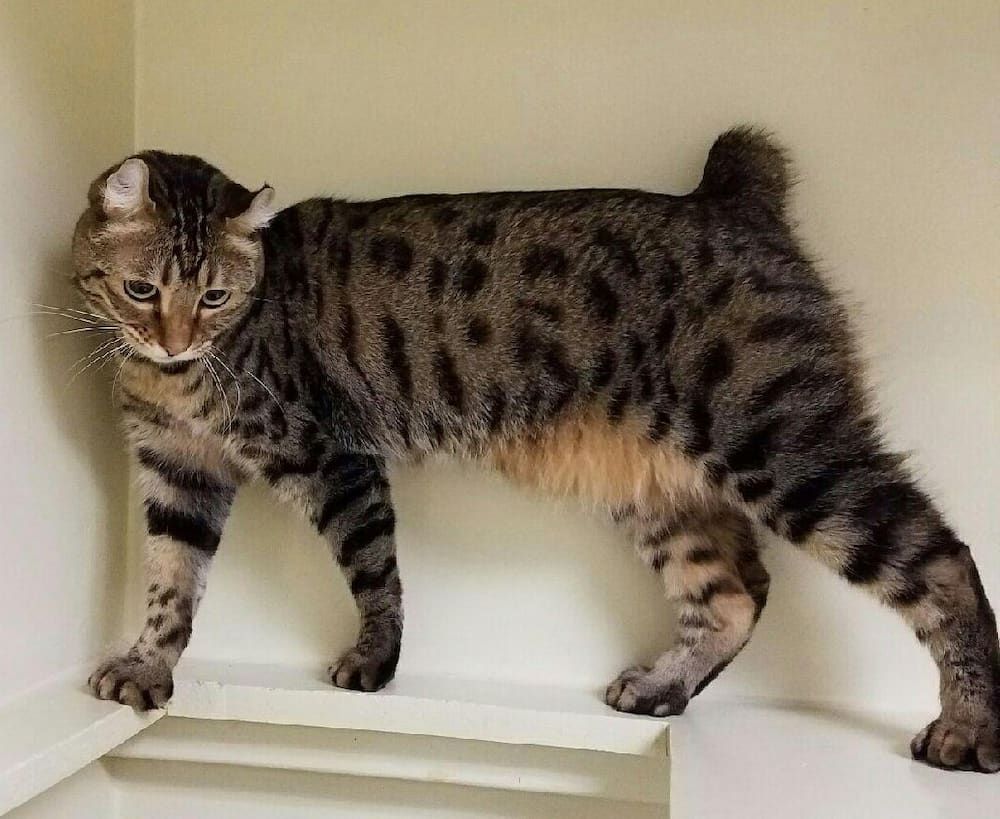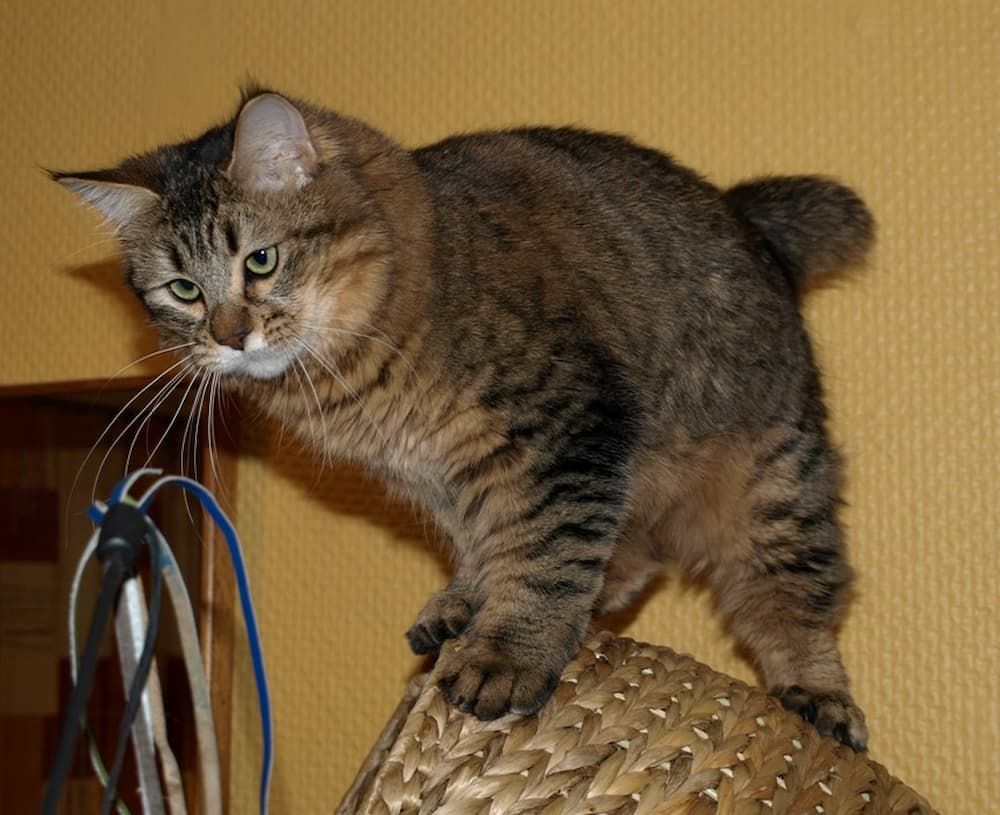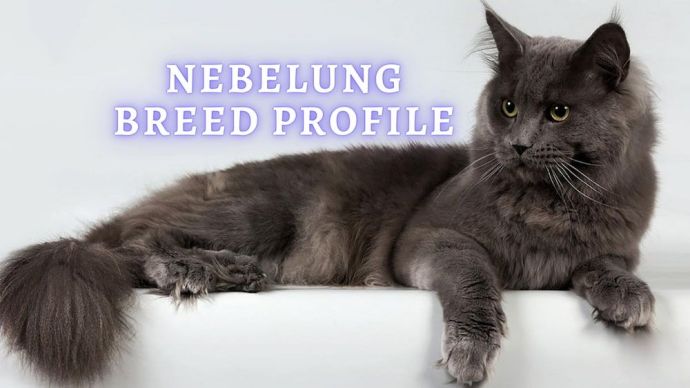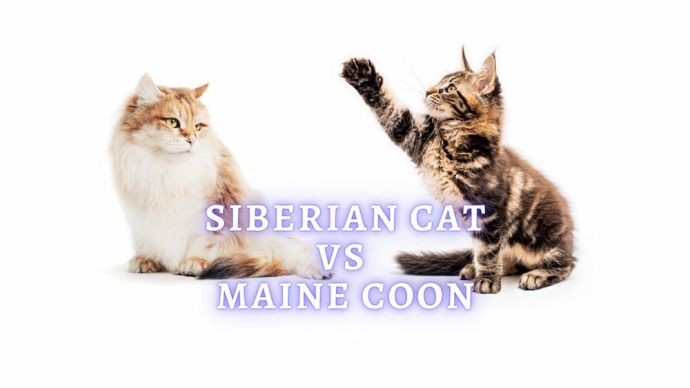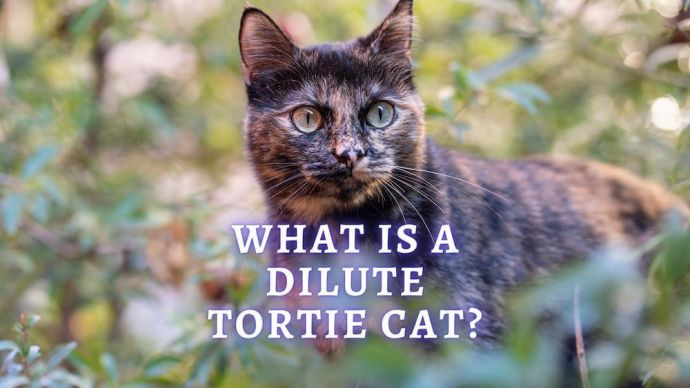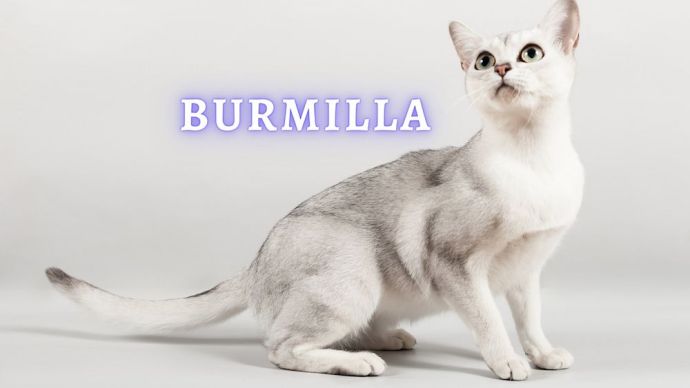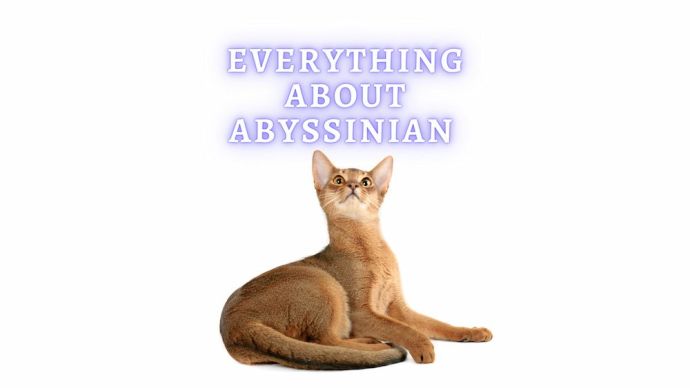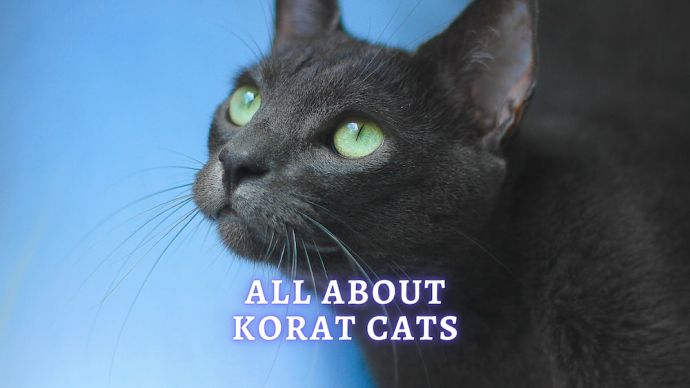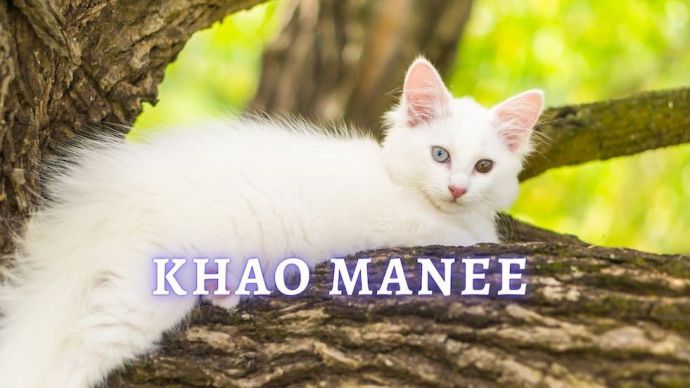Cats with no Tail: All About Cat Breeds with Very Short or No Tails
Written by:
Author: Elle Veranth
A copywriter for articles and blogs about pet care, food, beverage, and business. Has always had a passion for writing and editing, but began taking freelancing seriously fairly recently.
View all 29 articlesLearn about our editorial process and veterinary review board.
Viewed: 88
Updated on: 05/16/2023
Felines come in all shapes and sizes. Additionally, they have their own unique physical traits. One defining physical quality of a cat is its tail. A cat’s tail helps them communicate with each other and humans, and it also helps them keep their balance. Some pets are known for their long and fluffy tails, and some for their not-as-long or not-as-fluffy tails. But what about pets with very short tails or perhaps no tails?
Several breeds are born with short, stumpy tails and a few with no tails. Each of them has its own needs and personality. Read on to learn more about cats with no tails.
What are Bobtails?
Technically, a cat with a bobtail is not always a completely tailless cat, and it is a cropped tail that can vary in length depending on the pet. It is important to note that these types of cats are born with a naturally bobbed tail, not resulting from an injury or deliberate tail cropping. Cat breeds born with a bobtail often include that word in their breed name, but more later.
Since pets use their tail to help them balance, some may assume that short-tailed pets are naturally clumsy. This is not the case. Cats with very short or no tails appear to adapt perfectly fine to not having a long tail to keep them balanced. They can still play, jump, and climb like their long-tailed counterparts.
Why do Some Cats have Short Tails?
Some specific breeds are born with very short tails due to a naturally occurring genetic mutation. The mutation causes a fusion of vertebrae towards the end of the spine, leading the tail to not develop fully. Unfortunately, this genetic mutation often causes health issues in the pets that possess it. Some of the most common health issues associated with a bobtail are spinal cord damage, nerve damage, arthritis, and bowel blockages. [1]
It is believed that this gene originated due to the inbreeding of a small population of tailless cats that lived on the Isle of Man. [2] This is where the Manx originates, the only truly tailless breed.
When these cats are bred, males and females must not carry the dominant tailless gene. It is much safer to breed one with the dominant gene and one with the recessive to produce the healthiest offspring possible. If the resulting kittens come from parents with the dominant gene, they can develop a medical condition called “Manx Syndrome.” [2]
What Cat Breeds Have No Tail?
Are you curious to know which tailless cat breeds exist? Here is a list of them as well as a few facts:
1. Manx
The Manx is the most popular tailless cat breed and the only cat breed that is truly tailless. These kitties are very social with their families and love to explore continuously. They are initially from the Isle of Man, where it was common for pets to carry the tailless gene. Unfortunately, Manx cats are prone to spinal problems due to their nonexistent tails.
2. Cymric
A Cymric cat shares an ancestry with the Manx. In essence, they are simply long-haired Manx and are sometimes referred to as such. Cymric pets are slightly more independent than their shorter-haired Manx cousins. They enjoy being around their family but don’t mind spending time alone, too.
READ MORE: Orange Cat Breeds
3. American Bobtail
The American Bobtail is an adorable feline with a sweet personality. Technically, they do still have a tail, but it is more of a stump. These pets also have longer fur, so sometimes their stumpy tail may look hidden. American Bobtails love to be with their people, so they do not appreciate being left alone for long periods. They are also at a higher risk of hip dysplasia.
4. Japanese Bobtail
The Japanese Bobtail has a tail that is very short and slightly curled. They are considered to be a rare breed and not much information is known about them. Regardless, they are still susceptible to health problems due to their tiny tails. The Japanese Bobtail loves to cuddle in between playing and climbing sessions.
5. Mekong Bobtail
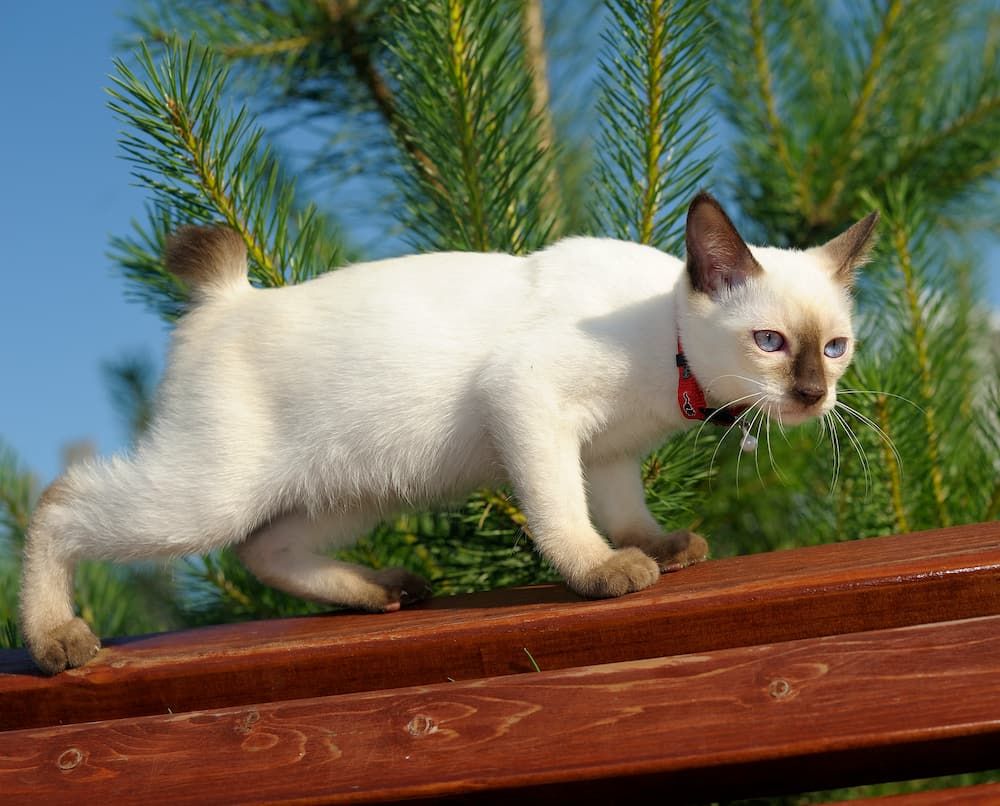 Rare MEKONG BOBTAIL of chocolite-point colour – Talestra of Cofein Pride, Cofein Pride cattery www.mekong-bobtail.ru
Rare MEKONG BOBTAIL of chocolite-point colour – Talestra of Cofein Pride, Cofein Pride cattery www.mekong-bobtail.ru
The Mekong Bobtail hails from Southeast Asia and is rare outside that part of the world. Their coat colors and patterns sometimes look similar to Siamese Cats. Most of the time, their tail is short, but it can range in length. Mekong Bobtails are intelligent and athletic, and they enjoy playing games to keep their minds sharp.
6. Karelian Bobtail
Karelian bobtails are known not only for their very short tails but also for their soft and silky coat. They are not very vocal but curious creatures who like to explore. Despite being slightly more reserved than other tailless pets, the Karelian Bobtail is typically quite friendly.
7. Highlander Cat
The Highlander Cat has an even more unique appearance due to their curled ears. They are known to enjoy cuddling with their owners and are very friendly. An interesting fact about Highlander Cats is that they seem to not mind water at all.
8. Pixie Bob
Pixie Bobs have an adorable stocky build. They appreciate being included in an active household and will always want to be part of family activities. They are very intelligent and curious. Pixie Bobs are also known to be very vocal and will make a wide variety of noises to grab your attention.
READ MORE: Large Cat Breeds
Is a Tailless Cat Right for Me?
Since a pet having a tail that is naturally very short is the result of a genetic mutation, it is essential to be aware of the health problems that it may potentially develop. Before adopting a tailless breed, ask yourself if you have the financial means to care for one. The health problems that these cats may face could rack up some high vet bills. Be prepared for this so that your tailless pet can live the best life possible.
If no tailless pet is available for adoption at your local animal shelter, please consider purchasing one from a reputable breeder with a good history. This will ensure you get a pet from the best bloodline possible. Beware of backyard breeders who need to learn what they are doing. A breed with this kind of genetic mutation in their blood should only come from the utmost responsible breeders since things can go wrong if not done correctly.
People Also Ask:
What breed of cat has no tail?
Some cat breeds that have no tail are the Manx, Cymric, American Bobtail, Japanese Bobtail, Mekong Bobtail, Karelian Bobtail, Highlander Cat, and Pixie Bob. Some are more common than others. In general, all of these cats have sweet, playful, and loving personalities.
Is it rare for a cat to not have a tail?
It is quite uncommon for a cat to not have a tail, but not necessarily rare. However, some specific coat colors and patterns can be rare amongst tailless cat breeds. One of the potential reasons why people choose not to adopt a short tail cat is due to the health problems that they may possess. Sometimes, it takes a financial toll in caring for these cats. Some tailless cat breeds are also more popular in some parts of the world than others.
What does it mean if a cat has no tail?
When a cat has no tail, it means they were born with a genetic mutation. This mutation causes the vertebrae to fuse, resulting in a very short, stumpy tail. It is also possible for a cat, that had a long tail previously to have a very short tail due to an injury or amputation.
How much is a Manx cat worth?
The price of a Manx cat can vary widely. On the low end, a Manx kitten typically costs around $1,000 and prices can potentially go upwards of $2,000. It all depends on the lineage and breeder. If you decide a Manx kitten is right for you and your family, be prepared to spend quite a bit.
Conclusion
If you are looking for a feline companion with a loving personality and a unique physical trait, then a tailless breed may be the right fit for you. As discussed in this article, there are several breeds to research before selecting one. Remember, all pets are unique and will have their own set of wants and needs. The perfect pet is out there waiting for you!
Article Sources:
- “9 Cats with No Tails or Really Short Ones.” Purina, purina.co.uk/find-a-pet/articles/cat-types/breed-guides/cats-with-no-tails.
- Cole, G. “Cats with No Tails.” Wamiz, 3 May 2022, wamiz.co.uk/cat/advice/8243/cats-with-no-tails.
 Cat Care Why Does My Cat Attack My Legs? 10 Reasons Why and What To Do About It (Vet-Approved Advice)
Cat Care Why Does My Cat Attack My Legs? 10 Reasons Why and What To Do About It (Vet-Approved Advice) - 45082
- 21
 Cat Veterinary Tips Cat Stomach Gurgling: Vet Advice on Why is Your Cat Stomach Gurgling?
Cat Veterinary Tips Cat Stomach Gurgling: Vet Advice on Why is Your Cat Stomach Gurgling? - 33732
- 4
 Cat Veterinary Tips My Cat Lost its Voice: Can Cats get Laryngitis? (Vet Advice)
Cat Veterinary Tips My Cat Lost its Voice: Can Cats get Laryngitis? (Vet Advice) - 22890
- 13









